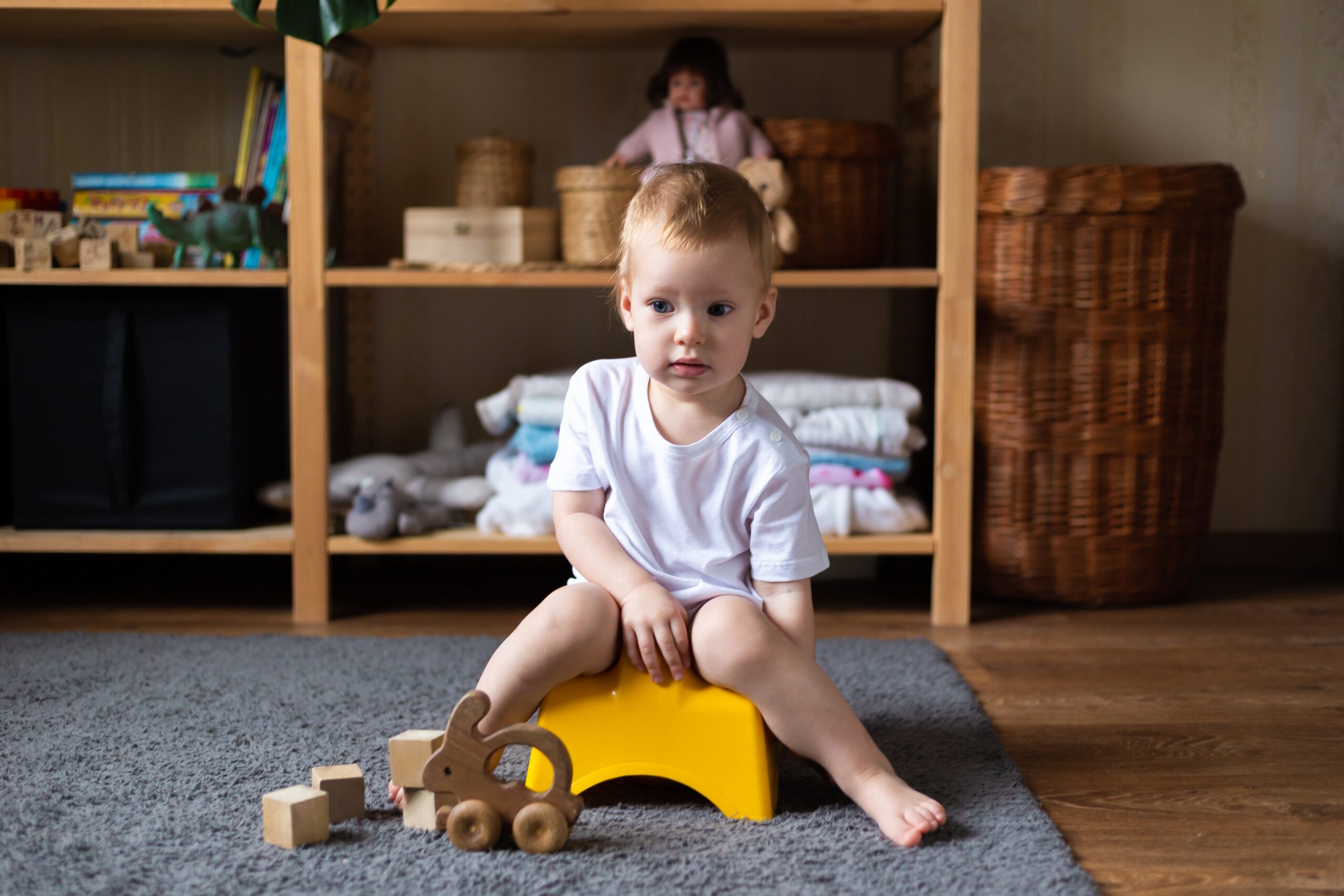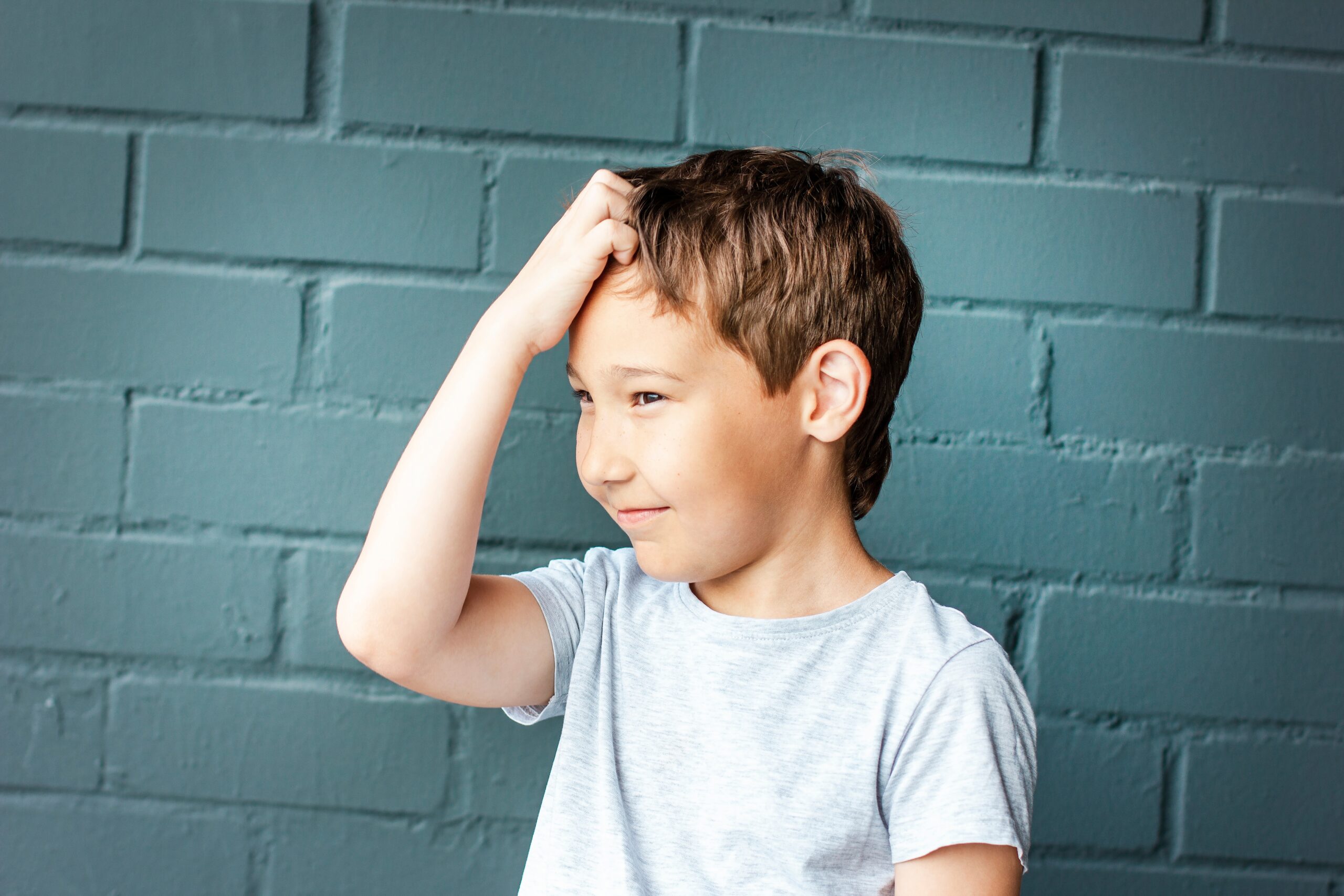6 Sleep Strategies to Prepare a Child with Autism for Bed Time
Sleep difficulties are relatively common in children with Autism Spectrum Disorder (ASD). Sleep problems can manifest in various ways and may include issues with falling asleep, staying asleep, waking up frequently during the night, and experiencing early morning awakenings. These sleep disturbances can have a significant impact on the child’s overall well-being and may also affect the parents or caregivers’ quality of life. Here are some antecedent strategies you can do before bedtime:
1. Establish a Consistent Bedtime Routine:
Create a calming and predictable bedtime routine to help the child wind down and prepare for sleep. This routine might include activities such as reading a book, taking a warm bath, or engaging in calming play. Consistency is key, as it helps signal to the child’s body that it’s time to sleep.
2. Create a Comfortable Sleep Environment:
Make sure the child’s bedroom is a comfortable and soothing sleep environment. Consider factors such as temperature, lighting, and noise levels. Some children with autism may be sensitive to sensory stimuli, so adjusting the sleep environment to minimize sensory disturbances can be beneficial.
3. Limit Screen Time Before Bed:
Exposure to screens, such as TV, computers, tablets, or smartphones, before bedtime can interfere with sleep. Limit screen time at least one hour before the child’s bedtime.
4. Promote Daytime Physical Activity:
Encourage regular physical activity during the day, as it can help regulate sleep patterns and improve sleep quality at night. However, avoid vigorous exercise close to bedtime, as it might be too stimulating.
5. Implement a Visual Schedule:
For some children with autism, a visual schedule can be helpful in preparing them for bedtime. Use pictures or icons to represent each step of the bedtime routine, allowing the child to understand and anticipate what comes next. For example, “We are going to have dinner, then play with toys, after we will take a bath, then put PJs on, read a book, and a goodnight kiss.”
6. Consider Sensory Interventions:
Some children with autism have sensory sensitivities. Providing calming sensory interventions, such as a weighted blanket, soft music, a pressure bed wrap, a weighted soft toy, or a gentle fan, can create a soothing sleep environment.
Strategies for Approaching Night Awakenings:
1. Stay Calm and Reassuring:
If the child wakes up during the night, remain calm and reassuring. Gently guide them back to their bed, using a consistent and soothing approach. For example, if the child comes to the parent’s bed in the night, guide the child back to their bed, tag the child in, stay next to the child, tap or rub their back gently. If the child seems disturbed by this action, stay next to the child for a little then distance yourself.
2. Avoid Stimulation:
Minimize sensory stimulation during night awakenings. Keep the lights dim and interactions quiet to encourage the child to return to sleep. For example, do not turn on the light, speak with a whispering calm voice, and offer the child some water.
3. Use Positive Reinforcement:
Consider using a simple reward system for nights when the child sleeps well or returns to bed quickly after waking up. Positive reinforcement can help reinforce desired sleep behaviors. For example, create a simple chart or use a whiteboard where you can track the child’s sleep behaviors each night. Identify specific sleep behaviors you want to reinforce, such as “Goes to bed on time,” “Stays in bed all night,” or “Returns to bed quickly after waking up.”
Find what motivates the child, a small toy, a preferred activity, extra playtime, or anything else. Each morning, review the previous night’s sleep behavior with the child. Use symbols or stickers to indicate successful nights or provide a checkmark next to the target behaviors met. Reinforce successful nights with praise. When the child hits a week of successful nights, provide the child with a big reward. Stick to the sleep chart and get the child involved in tracking their nighttime behavior.
4. Implement Gradual Sleep Training:
For children who have trouble falling back asleep independently, consider a gradual sleep training approach. Gradually increase the time between when the child wakes and when you respond, allowing them to learn to self-soothe.
5. Track Sleep Patterns:
Keep a sleep diary to monitor patterns of sleep and night awakenings. This information can help identify potential triggers and guide interventions.
Please be consistent, and don’t forget, each child with autism is unique, and what works for one child may not work for another. It’s essential to be patient and flexible in finding the best strategies to support a child’s sleep needs. With time, effort, and understanding, you can improve the child’s bedtime routine and create a more restful sleep environment for both the child and the caregiver.
Also read: 7 Strategies to Get a Child to Sleep Alone
About Olga Sirbu
My name is Olga Sirbu, I am a Board Certified Behavior Analyst (BCBA) and Licensed Applied Behavioral Analyst. My goal is to support and empower families and individuals on the autism spectrum.
Autism Advance is dedicated to training parents and caregivers, providing practical tips, and teaching individuals how to educate kids with autism.
I share evidence-based practices to help you better understand and support individuals with autism. Learn practical strategies to help individuals with autism reach their full potential, as well as gain a deeper understanding and acceptance of autism.
Thank you for considering Autism Advance as a resource for your autism journey.








